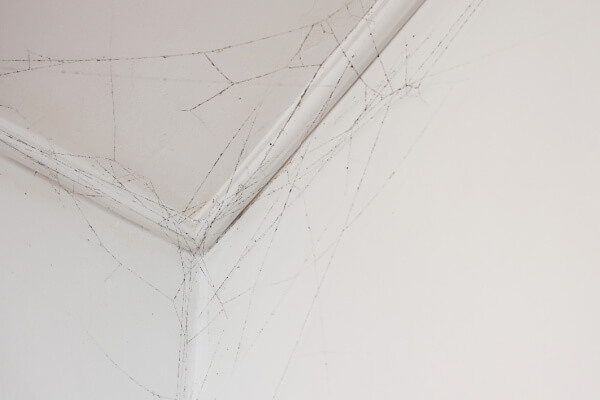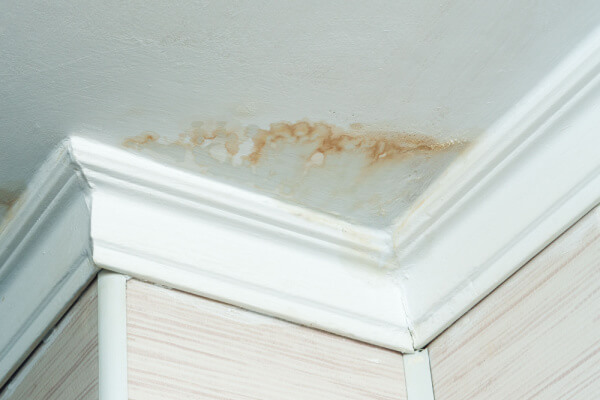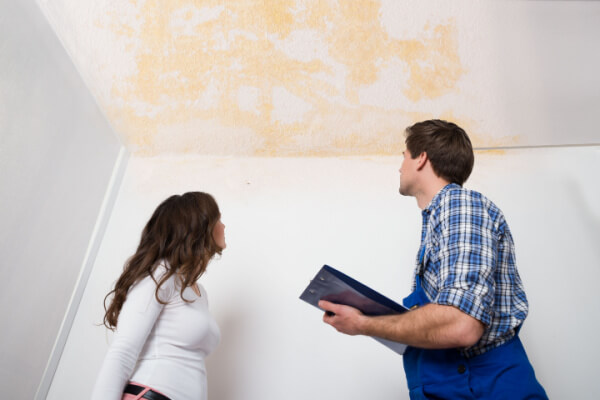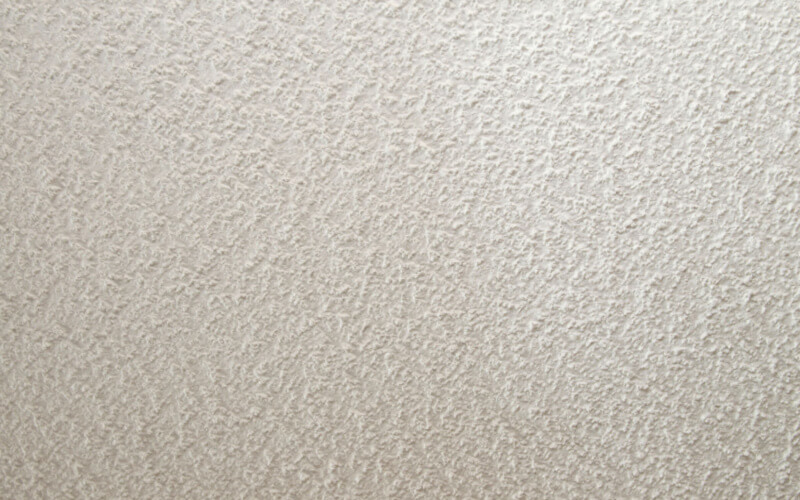Popcorn ceilings were very popular in residential homes from as early as the 30s through the 90s. These ceilings are known for their textured appearance. While commonly referred to as popcorn ceilings, they are also called stucco ceilings or cottage cheese ceilings.
Initially, popcorn ceilings were used as a cost and time-effective alternative to a traditional flat surface, painted ceilings – which made it so popular. However, asbestos was found to be an ingredient used in popcorn ceiling mixtures, which is hazardous to inhale, posing a risk to homeowners. But don’t worry, if you still love the look of a popcorn ceiling, the new styrofoam mixture is safe for use and looks just like the original.
Homeowners often wondered what is the point of popcorn ceilings because, during their popularity, popcorn ceilings got a bad rap for their high maintenance. Including expensive and time-consuming repairs, and difficulty cleaning. These minor inconveniences may be enough to convince you to install an alternative ceiling, but if not, here are some tips on how to clean your popcorn ceiling.
How to Clean your Popcorn Ceiling
Due to its bumpy texture, dust, cobwebs, and other debris such as dirt can easily get caught in a popcorn ceiling. While a traditional duster or even a vacuum head may be able to clear some of the debris, if pushed too hard the ceiling can fall apart, chipping off. Additionally, if you are trying to remove any stain, the slightest pressure applied can take off the ceiling. Not only leaving you with another mess to clean, but also leaving you with a ceiling to repair.
Tip: if your popcorn ceiling is older and may contain asbestos, be sure to wear protective gear, such as eye and mouth protection. Additionally, to contain the mess, wrap any furniture in plastic and use drop clothes to collect debris.
Everyday Dusting

The trick to dusting a popcorn ceiling is to be gentle, no matter which method you choose. The three most common are a vacuum cleaner, a duster, or a lint roller.
A vacuum cleaner, with a soft brush head, is a great method. Of course, you have to be careful not to press or brush too hard, but in the event that you do, the vacuum cleaner will clean the mess on the go. Additionally, if you’re looking to capture any cobwebs, you won’t need direct contact with the use of a vacuum cleaner as it will suck it up with no problem.
A duster is another option to clear your ceiling of cobwebs and dust. However, newer dusters will cause more of a problem than you started with – leaving behind micro-fibres that will stick to the stubble. A traditional feather duster will help to eliminate that problem.
Lastly, A lint roller can help to grab stubborn pieces of debris that were not removed by either the vacuum cleaner or duster.
Removing Stains

Over time, all ceilings can become stained. Whether it be from built-up debris, smoke, grease, water damage, or even an exploding soda can! If the use of water, or soap and water, does not remove the stain then you can try using bleach in a spray bottle to spot treat the stain (depending on the colour of your ceilings) or as a last resort, you can re-paint the ceilings.
When cleaning the stain, be sure to test out your cleaning method on a small area to ensure that it won’t cause more damage or an additional stain. Always be sure to wear proper equipment and follow all safety measures.

It can feel rewarding to accomplish a DIY task on your own. However, ceilings can be hard to reach so it’s important to be safe at all times. Hiring a professional to clean your popcorn ceilings will ensure that it gets done right the first time around. Pros are equipped with the knowledge and experience to safely remove any stains, and properly clean the space. If you’re looking to remove your popcorn ceilings, check out how to remove your popcorn ceiling here.
